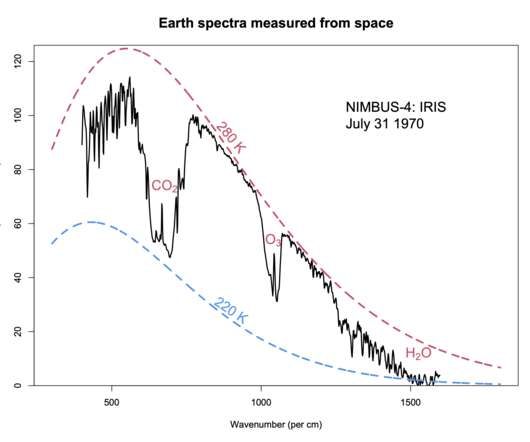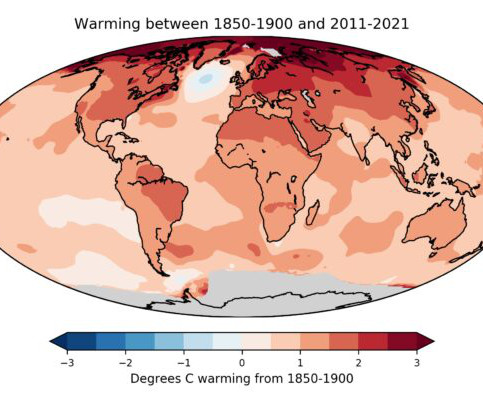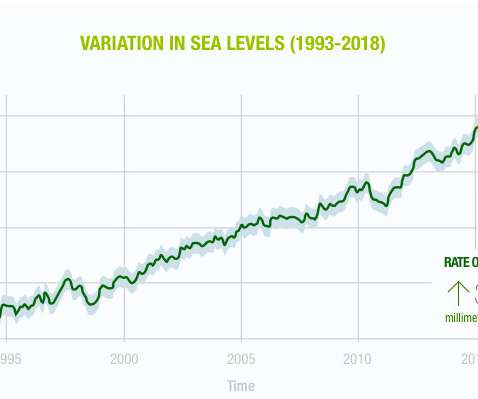The unconventional scientist who predicted that rising carbon dioxide levels would change the climate
Physics World
OCTOBER 30, 2021
In fact, in 1938 Sir George Simpson, a leading meteorologist, dismissed the link between rising carbon-dioxide (CO 2 ) concentration and temperature as “ rather a coincidence ”. The non-expert in question was Guy Callendar , a British steam engineer doing his own atmospheric research at home.













Let's personalize your content